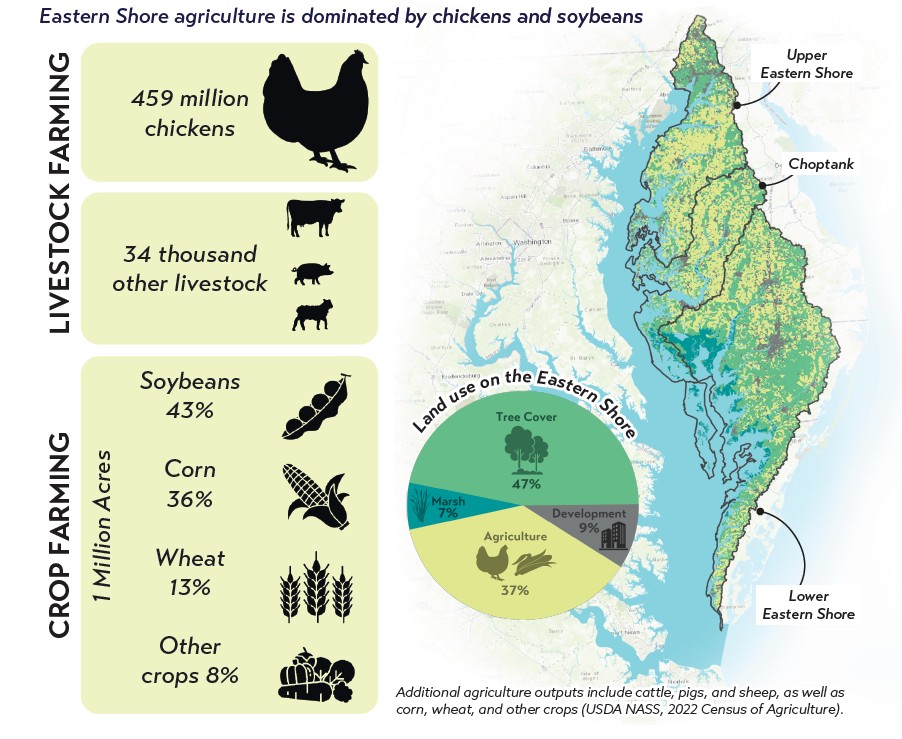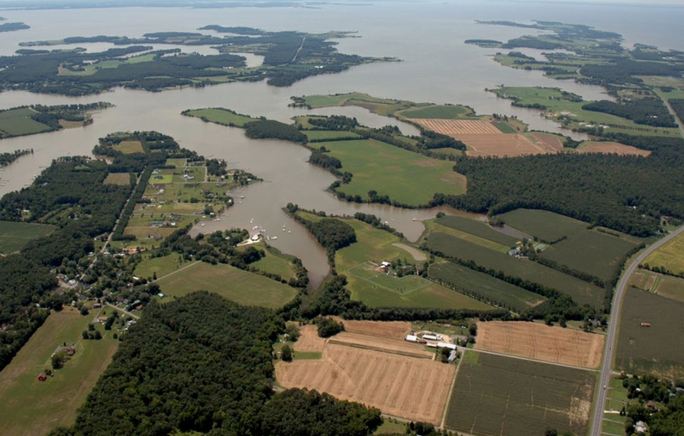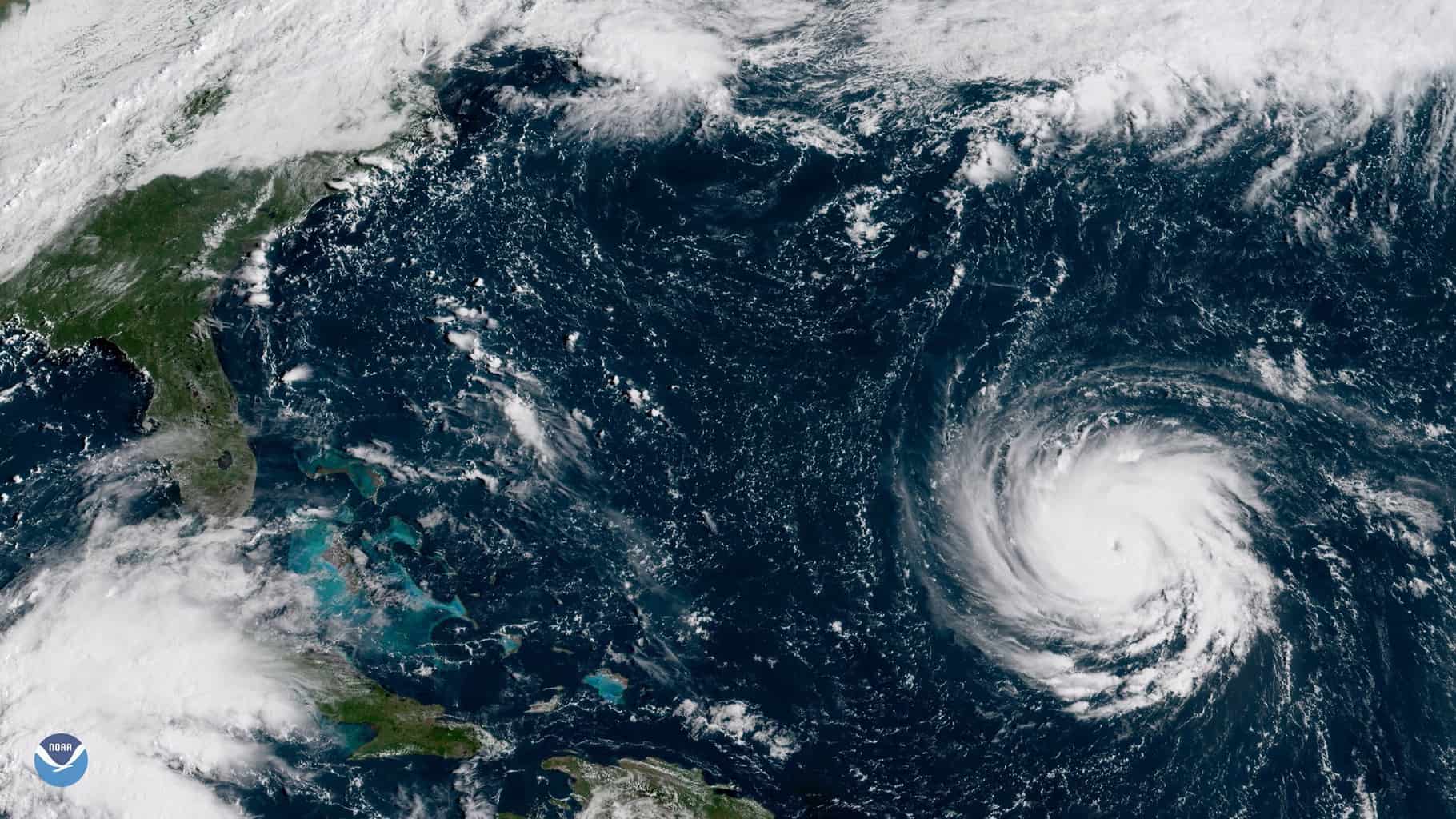If you brought home a C+ on your report card when you were a kid, would your parents celebrate the news? Maybe not. But in the ongoing battle to clean up the Chesapeake Bay, a C+ grade reflects notable progress.
The University of Maryland Center for Environmental Science (UMCES) just released its report card for 2023/2024 and announced that the overall Chesapeake Bay earned a grade of 55%, good for a C+ and its highest mark since 2002. The Chesapeake Bay watershed, all the land area that drains into Bay tributaries, earned a 52%, for a C letter grade.
The report card looks at Bay indicators that reflect how much progress is being made from the Bay’s restoration efforts. Scores for all of the indicators improved or remained steady from the previous year. Dissolved oxygen, total phosphorus, total nitrogen, and aquatic grasses scores all have significantly improving trends.
Of the 15 regions into which UMCES splits the Bay, 11 have improved their scores and five have significantly improved. Regions with strong improvements were the Choptank River (51%) with a 15-point increase from the previous year, and the upper Eastern Shore (40%) and Elizabeth River (51%) both
with 13-point increases.
Like last year, the lower Bay earned the highest overall score at 70% (a B grade), followed by the upper Bay at 61% (a B-), the highest it’s ever been.
“The upper Chesapeake Bay, which receives the Susquehanna River, has the second highest score in Bay Health, and it continues to improve,” said Bill Dennison, UMCES professor and vice president. “This improvement is a testament to efforts to reduce nutrients in the Susquehanna River watershed, underscoring the hard work in the state of Pennsylvania on nutrient reduction and riparian buffers.”
Pennsylvania has, at times, been criticized for not doing enough to reduce farm runoff that rolls into the Susquehanna and, ultimately, the Bay.
“There is still much to do, but this is a strong indicator of progress,” said EPA Mid-Atlantic Regional Administrator, Adam Ortiz. “After being off track, the partnership is now accelerating progress. In recent years, EPA has stepped up enforcement, accountability, and investments and it is paying off. These efforts have helped spur historic results among upstream and downstream states and all sectors, especially agriculture.”
Agriculture is a sticking point on Maryland and Virginia’s eastern shores, too. 40% of the land in these regions is farmland, so UMCES explains, “balancing the economic and social benefits of agriculture with its ecological impacts is crucial for maintaining a healthy ecosystem” and managing the impacts of agricultural runoff is key.

The University of Maryland Center for Environmental Science’s Integration and Application Network produces the annual report card, which is the most comprehensive assessment of the Chesapeake Bay and its watershed. To read the details of the 2023/2024 Chesapeake Bay and Watershed Report Card including region-specific data, visit chesapeakebayreportcard.org.
UMCES is at work developing new indicators for future report cards. Right now, researchers are building a man-made debris indicator to understand the different types of debris contamination and pollution hotspots in the Bay. Man-made debris can include microplastics, cigarette butts and food wrappers, and even abandoned boats. Right now, data on this debris is not uniformly collected or monitored.



